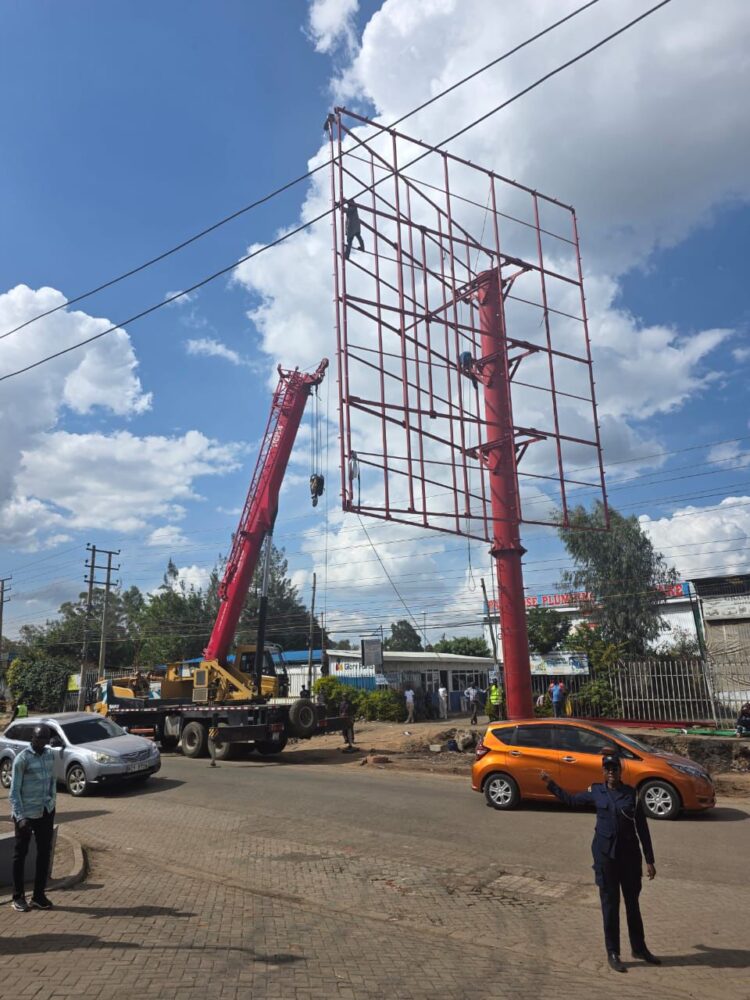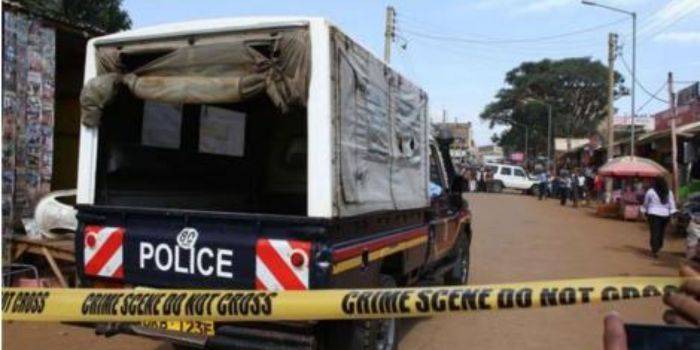The Institution of Engineers of Kenya (IEK) has welcomed the Mombasa County Government’s initiative of setting up a multisectoral taskforce to investigate the partial collapse of the eleven-storey building in Kilifi Corner, Mombasa Island.
In a statement dated June 9, 2025, IEK President Eng. Shammah Kiteme appreciated the urgent formation of the Multi-Agency Taskforce which looked at the unsafe development and the future of building safety.
“It is encouraging that the county has demonstrated openness to public dialogue on this matter. This is good leadership,” said Eng. Kiteme.
“While the report has pointed out serious procedural, governance and systemic failures leading to the unfortunate event, this information is not new. Similar findings have been well documented by various authorities including National Construction Authority and National Building Inspectorate. Our observation is that no action has been taken while all these issues are known,” he added.
The IEK President noted that there is manifestly a tragic regulatory failure, from way back in 2019 when reports surfaced indicating instances of individual Architects and Engineers registering as many as 300 projects.
According to Kiteme, the issue of credential renting is the main reason why several developers remain unregulated to date.
“The developer, who pays, can do virtually anything. Not retain professionals and when retained, the developer can ignore professional advice without consequences and can refuse to pay professionals if they don’t offer the advice the developer wants,” he added.
To address these issues in a lasting manner, IEK emphasized the need to enhance regulatory effectiveness.
According to the institution of engineers, currently only 20% effectiveness has been achieved.
Approval of projects at the county must be done with the professionals whose credentials are being used for consenting by accepting the email sent to them by the county.
In addition, professionals must be paid statutory fees to kill the drive to be associated with many projects which they don’t effectively supervise.
Evidence of geotechnical investigations must be provided before approval of the projects. Evidence of quality control must be available on site. These include and are not limited to trial mix designs, concrete cylinder crushing test results, reinforcement steel test results, slump tests among others.
At the same time, evidence of regular site inspections and meetings must be available with checklists available for scrutiny.
Eng. Kiteme explained that all this should be available online on an integrated platform for inspection by concerned parties and no building should be issued with a certificate of occupation when all this information is not available.











